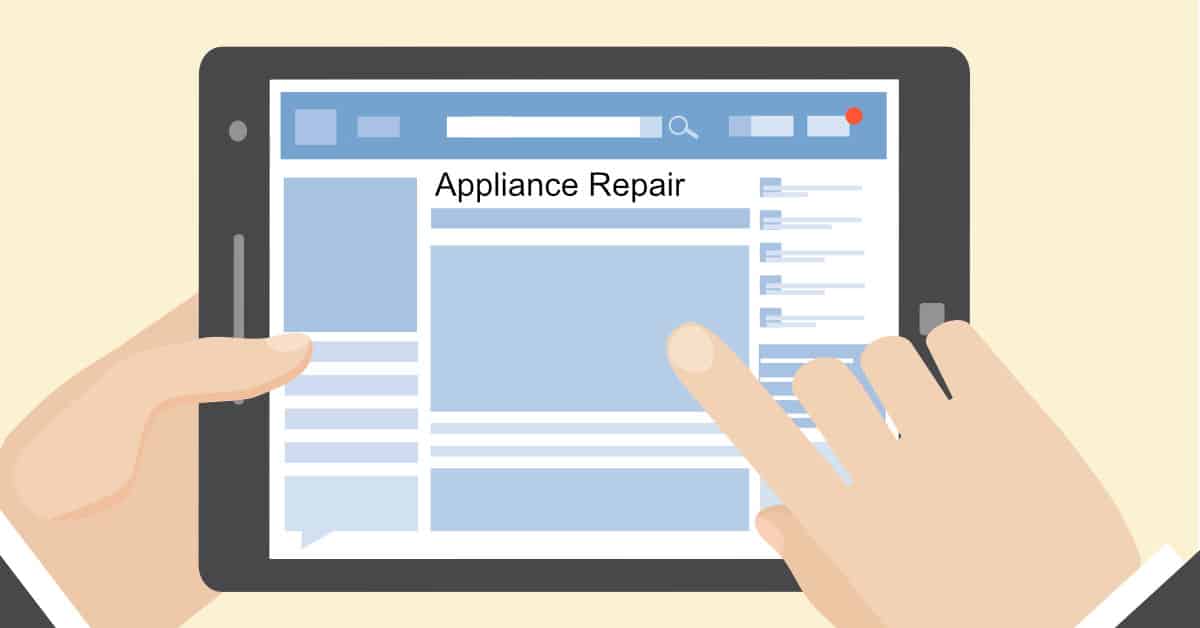
PR disasters can come from anywhere. Product recalls, vengeful ex-employees, and bad reviews can happen to any company. Normally, you deal with each issue with individual aplomb, but when one of these common occurrences develops into a PR disaster, a brand needs to act fast. One moment, everything is business-as-usual and the next, the internet is alive with criticism and outcry. Maybe a critical Tweet went viral, maybe a private internal company issue was leaked to the press. But whatever the cause, a PR disaster can be handled with the right knowledge and procedure.
PR disaster is something every company should have a little red folder on. Let this article be your little red folder, or the beginning of it, as your guide on how to respond to a PR disaster. Here’s how to minimize the damage and turn the unfortunate message around in the eyes of the public.
– Speak as the Company
Our first tip is a word to the wise: In the early stages of PR disaster management, always speak as the company. Your crowd will be happiest seeing a named spokesperson doing the talking, but the position should always come from the company. Not the person.
Use the “royal We” and speak for the brand. The brand is sorry to hear about this tragedy. The company is disappointed in the conduct of one employee. The company is doing everything it can to get to the bottom of these rumors. By speaking as and for the entire company, you create a shield making it harder for any one person or group to be targeted from the outside.
You can figure out who is individually responsible and build your real response strategy behind that shield of unification.
– Don’t Wait, Act Now!
No matter what the PR disaster may be, the company must take action immediately. Don’t let it stew. Don’t wait to see what happens. Whether the disaster was discovered at 4 PM or 2 AM, it’s vital that the company get its first public statement out there quickly. This puts you consciously at the center of the discussion, not just a subject to be kicked around in absentia.
By making your presence known in the midst of the PR hurricane, you begin to take control of it. In most cases, your opening statement will occur before your team knows entirely what the cause or solution is to the disaster. Just let the public know that you’re aware of the disaster, that you’re looking into it, and that you’ll keep them posted.
– Take a Responsible and Compassionate Position
The next step is to be the voice of reason. Take responsibility, vaguely, for any harm you may have caused and for resolving the situation to the satisfaction of the public. And be compassionate about anyone involved. Never point the finger or cast aspersions, even if someone is being nasty toward the company or staff. But these tips sound like platitudes without real examples. Let’s talk about some real disaster situations and you’ll see what we mean. Let’s say an employee had a meltdown and posted a slew of inflammatory content on social media about how they were unhappy at work.
“We’re deeply sorry for any way we may have contributed to the situation. It is very sad to see an employee hurting so badly and we are ashamed that this situation was allowed to go on for so long. Please know that we will do everything we can to help this troubled employee and she will not be punished for sharing her real feelings.
“See? Compassion for those involved, even the angry ones, and non-liable responsibility to “take care of” the situation.
– Admit What You Don’t Know
In a PR disaster, the crowd is waiting for a cover-up. They know companies often scramble and front when they don’t know what’s going on and are under attack from outside publicity forces. This is what a guilty company might do.
But when you’re genuinely blindsided by a PR disaster (as so often happens), the best approach is to admit what you don’t know. Admit that the company was just as surprised as the audience. Admit that the customer’s complaints, the employee’s allegations, or the VP’s drunken weekend pictures, or the dramatic manufacturing failure had you responding to 4 AM emergency texts just like everyone else. And that the company is doing everything they can to get to the bottom of the situation.
It’s okay to admit what you don’t know, and the audience will relate because being ignorant of surprises is only human. At this point, it may be safe to have human representatives speaking for the company through social media. But you should decide based on the tenor of the disaster at the moment.
– Find Out What Happened
Next, and this may seem obvious, get to the bottom of it! Get your entire corporate investigative power on the business of finding out exactly what happened. Look into HR reports, vendor contracts, social media histories; anything that can shed some light on the situation. Find out what exactly went down, how long it’s been going on, and who knew about it before the S. hit the fan.
If it’s a raucously complaining customer, research their history of reviews and histrionics to see if it’s a trouble maker. If it’s a complaint that claims months or years of malfeasance, get the whole story from the first moment the disaster-subject began interacting with the company. Find out everything.
Don’t underestimate your sources either. Dig in, and ask for the internet to come forward. Sometimes, the curious members of a social media community can come up with better or more complete answers than you will. In addition to your research, ask the over-reacting internet to send you information so that you can sort out the truth and make the right decision.
– Verify, Verify, Verify
And once you have all your information and reports, stop. Verify everything. Separate your data into ‘useful rumors’ and ‘verified facts’. As people, you can draw conclusions from useful and probably-true rumors. As a company, you can only act on verified facts. You should also be very careful what you share about your investigation’s progress with the public.
That said, you should share some of your information. Because the brand stepped up to speak for itself, the audience is also waiting to see what you’ll do as the information and facts unfold. Keep them posted and become the primary source of verified information. Those curious, those who were freaking out only hours ago, will flock to your page and social media feeds to get the real news in the maelstrom of reactions and rumors.
– Become the Center of the Discussion
Pull the attention away from the original outcrier. Do this by becoming the new hub of focus and discussion. Take control of the conversation by providing a platform for it to continue. Whatever caused the PR disaster and whoever was feeding the fire will be at the center of a rumor-filled hurricane. Be the opposite. Provide a calm and verified string of facts and open your pages to a genuine discussion about the issue.
Ask your audience, on both sides of the issue, to converge and discuss. Moderate the discussions but do not censor them. Let your brand become the discussion ground for the issue at hand instead of the target. This method won’t always work, but it’s a powerful gradual calming technique if it does.
– Tell the Crowd the Story Ending They Need
When you have all the information, the company will need to decide how to handle the situation. This is, perhaps, the most delicate stage of them all because it has two halves. First, you must decide what the company will do internally to solve the problem. You may need to sever ties with a business partner, separate misbehaving employees, or implement additional training to prevent this disaster from happening in the future.
But you also need to decide what to tell the public. When a PR disaster occurs, the public craves a resolution. They want to hear the end of the exciting story. They want to hear that the bad guy was apprehended, that the evil manager was punished, or that the heroic whistle-blower got their reward. You need to provide a satisfying and mostly-true end to that story to wrap up your PR disaster with a tidy bow. But the audience doesn’t need to hear the whole truth.
The audience doesn’t need to hear that the troubled employee is being provided with mental care and that their inept manager was getting additional training. They don’t need to hear that your manufacturing problem was really an injection nozzle. So tell the crowd an abridged version, based on their current attitudes. Let them know the employee is receiving help and that her manager is being “dealt with accordingly”, to be translated as the audience sees fit.
– Handle Internal Solutions Internally
Finally, when the hubbub has died down and the online crowd has accepted your final conclusion, deal with the internal issues. This is the part you’re good at, the part that every company handles “under the hood” when problems happen that don’t evolve into PR disasters. Anyone who needs training, vacations, help, or compensation will get it. Anyone who acted unethically will show themselves to the door. Anyone who saved the day with their swift and capable PR management or investigative skills will be rewarded. And your audience need only know about the conclusion to the story painted by the original disaster.
Keep the demotions and re-trainings private, for the dignity of all involved. But if you do reward someone for exceptional work during the PR disaster, this might just be your next chance for a positive PR message as a pleasant followup to the now-closed media disaster. If the message is right, and in line with your final end to the story.
—PR disasters can happen to any company of any size. Fortunately, recovering from a PR disaster is also something anyone can do. Simply take a responsible and compassionate standpoint, get to the bottom of the issue, and share with your audience as much as they need to know. Join them. Be on the audience’s side as someone taken just as much aback by the situation as they are.
When the audience realizes that you, the company, feel the same way they do (shocked, outraged, saddened) about the situation; it will be easier for the outrage directed at the company to die down. The more your company is the voice of reason, compassion, and verified facts, the better. For more insights into company PR management and smart digital marketing, contact us today!


Appliance Repair Google Listing Suspended? Here’s What To Do

How To Set Up Google Local Services Ads for Appliance Repair Companies

Revolutionizing Appliance Repair: How ChatGPT is Changing the Game

New Fluid Local and Textline Integration

Earn More Google Reviews with Fluid Local

New Scheduling Request for Appliance Repair

5 Benefits of Online Appliance Repair Training

6 Campaigns for Building Online Communities Instead of Audiences

7 Effective Strategies to Improve Your Search Ranking

New Updates to GMB Guidelines for Service Area Businesses

How Your Business Can Survive and Grow in the COVID Economy

How to Optimize a New Windows 10 Pro Installation

How to Install Windows 10 Pro on a new PC

Work from Home Equipment Guide
